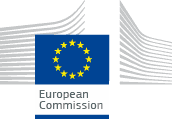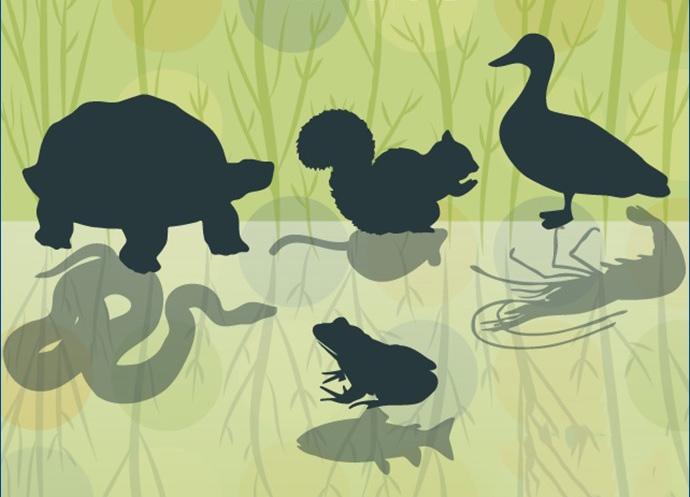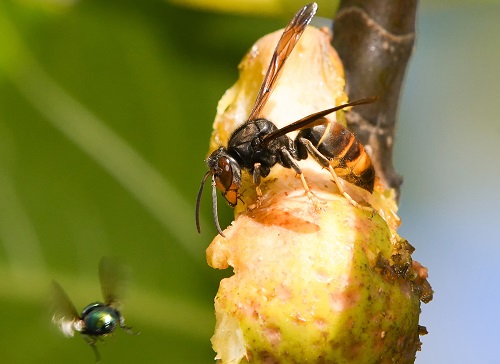
The JRC has developed a smartphone app that will help citizens to capture and share information about 37 invasive alien species of Union concern in Europe. The ‘Invasive Alien Species Europe’ app, which contains detailed information and photos of those plants and animals, makes it possible for citizens to use their phones’ GPS system and camera to capture images of them.

Invasive Alien Species Europe app, developed by the JRC, helps identify and share information about 37 Invasive Alien Species in Europe. ©EU, 2017
Tibor Navracsics, Commissioner for Education, Culture, Youth and Sport, responsible for the JRC, said: “The beauty of this app is that it turns its users into citizen scientists, helping to monitor invasive alien species that threaten biodiversity in the EU. Information collected will enrich existing insights into invasive alien species. In this way, we also foster citizens’ awareness of the problems caused by invasive alien species in Europe”.
Crowdsourcing the map of alien species
Alien species are animals and plants introduced by accident or deliberately into a natural environment where they would not be normally found. A small proportion of these alien species becomes invasive and has significant negative consequences for their new environment, as they impact biodiversity and ecosystem services, causing damage worth millions of euros every year.
Dealing with invasive alien species demands international collaboration, harmonization, and sharing of data, and this is where the new Invasive Alien Species Europe app comes into play. Users can send the exact location of a sighting of an invasive alien species and a photo via the app. Data collected by the users will enrich the maps included in the application. Once checked for accuracy, the information is also included in the European Alien Species Information Network (EASIN) to complement existing information on the distribution of those species across Europe. EASIN is the official information system helping the European Commission and the EU Member States to implement the EU Regulation 1143/2014 on Invasive Alien Species. The information generated through the app could also feed into the respective surveillance systems in the Member States.
The app can be downloaded for free from the app distribution platforms for android and iOS.
Invasive alien species in Europe
There are currently 37 invasive alien species of Union concern. These include the American grey squirrel, which transfers a poxyvirus lethal to native red squirrels and leads to their local extinction; the raccoon, which can harbour and spread diseases affecting humans, as well as farmed and wild animals; the signal crayfish, which carries the crayfish plague fungus and leads to the extinction of native crayfishes; the mile-a-minute weed, which can smother native wetland vegetation; and the yellow-legged hornet, which aggressively preys on native honeybees.

The yellow-legged hornet aggressively preys on native honey bees. ©Fotolia, roberto
Many of the invasive alien species described in the app were introduced from the Far East, the Americas and Africa through the shipping, aquarium, horticultural, pet and zoo trades, and have since become established in Europe to the detriment of native species and ecosystems.
Background
The Invasive Alien Species Europe app, developed within the MYGEOSS initiative for promoting citizen science, was presented at the JRC-COST joint workshop “Citizen Science and Open Data: a model for Invasive Alien Species in Europe”, which focused on strategies for collecting and sharing data of invasive alien species gathered by citizens.





